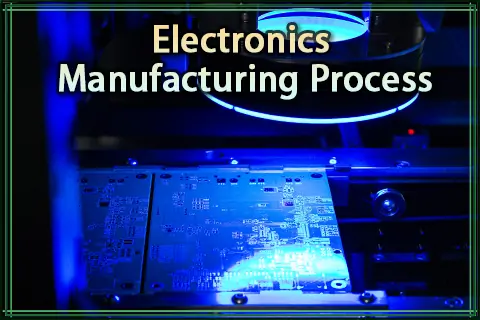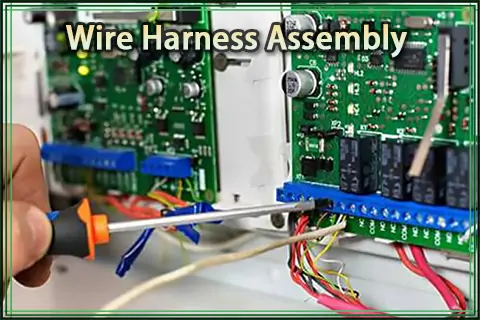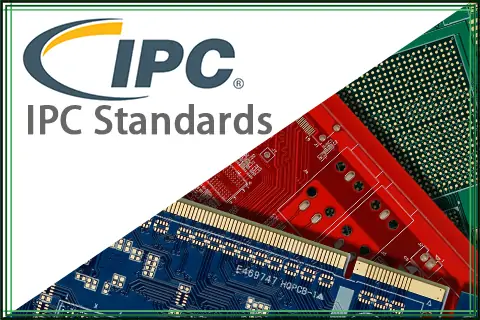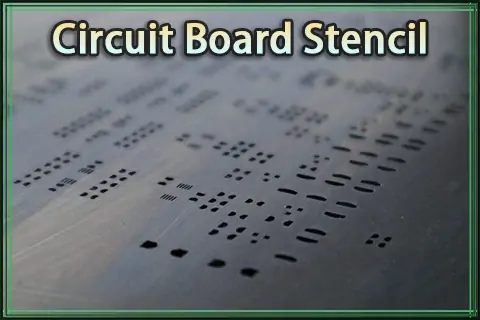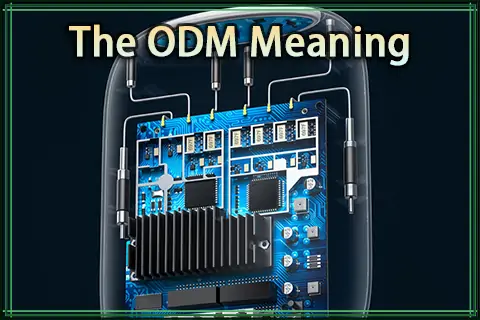Global high-mix volume high-speed PCBA manufacturer
9:00 -18:00, Mon. - Fri. (GMT+8)
9:00 -12:00, Sat. (GMT+8)
(Except Chinese public holidays)





Global high-mix volume high-speed PCBA manufacturer
9:00 -18:00, Mon. - Fri. (GMT+8)
9:00 -12:00, Sat. (GMT+8)
(Except Chinese public holidays)





HomePage > Blog > Knowledge Base > How to carry out effective solder paste printing in PCBA chip processing factory
Solder paste is an essential material in the pcb manufacture process. Solder paste printing is also a very significant part of the whole PCBA process. According to industry statistics, in the SMT assembly process, up to 40-50% of defects are caused by poor solder paste printing.
These data show that the quality of the solder paste printing process largely determines the quality of the SMT process, which can directly determine the overall soldering effect of the PCBA.
Thus, in the PCBA process, how to properly store and use the solder paste and the correct solder paste printing is a PCBA process that must pay attention to the problem.
Solder paste
Solder paste is a paste-like soldering material made of alloy powder and paste flux carrier mixed. If stored and handled improperly, it will destroy its original characteristics and bring bad effects to PCBA production.
Mastering the correct method of storage and use of solder paste specifications will help to extend the life of the paste, and can be used to its largest effect.
So PCBasic is how to store and use the solder paste?
How does the PCBA manufacturer store solder paste correctly?
1. PCBasic's solder paste should be stored in the refrigerator, the temperature is controlled at about 2-8 ℃.
2. The ambient temperature of raw material warehouse storage is 15-28°C, and the humidity control is between 30-80%RH. The ambient temperature of the finished product warehouse and inspection room storage is 15-28°C, the humidity control is between 30-70%RH.
3. The storage time of solder paste does not exceed the effective use period of solder paste.
4 The operator will clean the refrigerator, the place where the solder paste is used, and the solder paste in the refrigerator every day.
How does the PCBA manufacturer use solder paste correctly?
1. PCBasic solder paste should be thawed for more than 3-4 hours before use, but not more than 24 hours (for unopened solder paste), if more than 24 hours, need to be put back into the refrigerator to freeze and re-temperature before use.
2. The solder paste in the refrigerator must be used in strict accordance with the principle of "first in, first out". For the secondary solder paste, under the condition that the production process allows, it should be re-warmed to a limited extent.
3. The warmed up solder paste before using manual stirring for 4-5 minutes, the mixer needs to stir for 3 - 5 minutes, so that the solder paste is fully uniform before taking out the solder paste from the bottle to the stencil for pcb screen printing operations, and timely seal the solder paste bottle cap.
4. PCBasic opened solder paste needs to be used up within 8 hours, if a bottle of solder paste can not be used up within 8 hours of the line, the operator should use the same bottle of solder paste with the peripheral lines, to ensure that the use within 8 hours.
5. If special circumstances lead to the opening of the solder paste is not used up within 8 hours, should immediately stop using, the operator should record the second freezing time in the solder paste identification card, put it back into the refrigerator for freezing, if the second return to the temperature of the use of the solder paste in 8 hours is still not used up, it shall be scrapped.
6. The printed solder pasteboard should be finished within 1 hour and passed through the furnace.
7. Production line personnel need to make records of using solder paste, the production line needs to mark clearly after using the second solder paste every day.
PCBA solder paste printing process
After mastering the correct storage and use methods, let's learn more about solder paste printing! Solder paste printing is a very critical and complex process, so what is its working principle in the end?
Solder paste at room temperature has a certain viscosity, which can be temporarily fixed in the PCB pad position of SMT components. When reflow soldering is heated to a certain temperature, the alloy powder in the solder paste is melted into a liquid state, liquid solder connects the solder end of the component with the PCB pad, and after cooling, interconnected together to form a solder joint.
PCBA solder paste printing technology requirements
The printability and solderability of solder paste are the key factors that directly affect the quality of SMT placement processing, so PCBasic on the use of solder paste printing and what are the technical requirements?
1. Stencil.
PCBasic process engineers will be a rigorous evaluation of the stencil.
Stencil before going online must check whether the PCB stencil openings are correct, compared to see whether the stencil has more open, missed open, whether the plug hole, the presence of dross, to achieve the best soldering effect, to avoid the appearance of even tin, less tin, and other phenomena.
2. Solder paste.
The solder paste must be stored strictly in the refrigerator, and the relevant statistics must be done for each entry and exit.
When printing continuously at room temperature, the solder paste should not dry easily, has good rolling and long working life, is required to have a good release, and will not block the template leakage hole when printing continuously.
It can maintain its original shape and size after printing and does not produce collapse.
When using solder paste for PCBA printing, you should follow the principle of small amount and many times, and put in one-third of the height of the squeegee for the best.
3. Printing.
The PCBasic operator will carefully adjust the parameters of the stencil, because the solder paste needs time to roll and flow into the die hole, and the speed of the squeegee travel on the printing stencil is important during the printing period, if the printing speed is too fast may cause the phenomenon of less tin, too slow speed may reduce the efficiency of PCBA production.
To avoid the bottom of the double panel has been affixed components, the solder paste printing process usually has a thimble, top bar with support. To avoid stencil damage or squeegee damage, the machine track is strictly required to be parallel to the PCB board.
PCBA Solder paste inspection(SPI)
How to understand PCBA Solder paste inspection
SPI is the first step in the quality control of the PCBA manufacturing process, SPI solder paste inspection equipment can closely monitor the solder paste printing in the production process, can cover some of the defects manually detected, can effectively detect the solder paste printing process of less tin, even tin, gap, wire pulling, off-position, and many other defects.
The importance of Solder paste inspection
It can control the PCBA process and give timely feedback to the production department on the type and frequency of failure, so that the production department can find the problems in the production process and correct them as early as possible, thus minimizing the loss of time.
These measures largely improve the overall soldering effect and effectively avoid defective products due to solder paste-related errors, which can help improve product quality and thus increase PCBA production and reduce costs.
In order to achieve good printing results, there must be a combination of the right PCBA solder paste material, the right tools, and a rigorous process. Managing the printing results of solder paste also requires managers to carefully implement each management method during the pcb manufacturing process, and PCBasic detects defects through careful control of each key point to enhance the printing quality of solder paste and improve the efficiency of the product and the company.

Assembly Enquiry
Instant Quote
